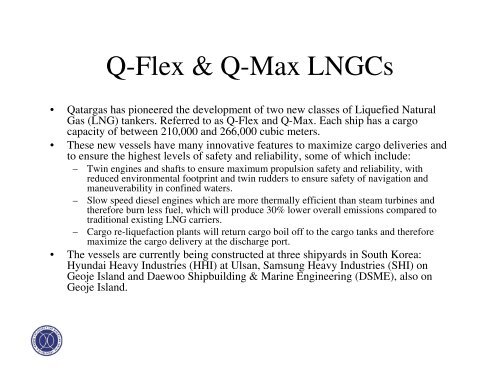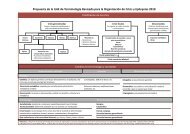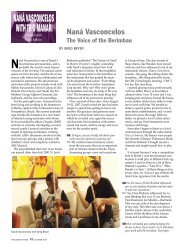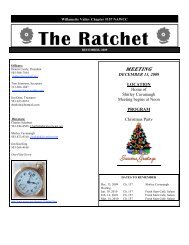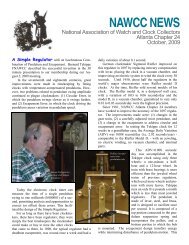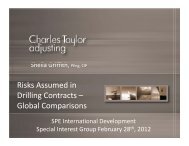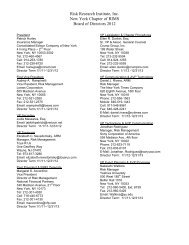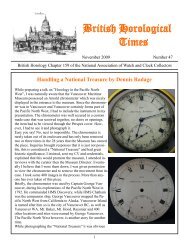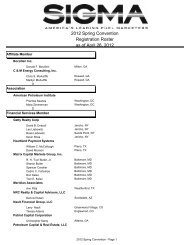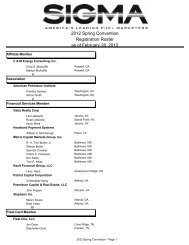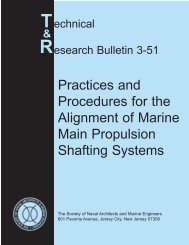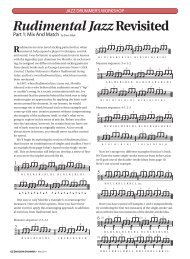A Short History of LNG Shipping 1959-2009 - Amazon Web Services
A Short History of LNG Shipping 1959-2009 - Amazon Web Services
A Short History of LNG Shipping 1959-2009 - Amazon Web Services
You also want an ePaper? Increase the reach of your titles
YUMPU automatically turns print PDFs into web optimized ePapers that Google loves.
Q-Flex & Q-Max <strong>LNG</strong>Cs<br />
• Qatargas has pioneered the development <strong>of</strong> two new classes <strong>of</strong> Liquefied Natural<br />
Gas (<strong>LNG</strong>) tankers. Referred to as Q-Flex and Q-Max. Each ship has a cargo<br />
capacity <strong>of</strong> between 210,000 and 266,000 cubic meters.<br />
• These new vessels have many innovative features to maximize cargo deliveries and<br />
to ensure the highest levels <strong>of</strong> safety and reliability, some <strong>of</strong> which include:<br />
– Twin engines and shafts to ensure maximum propulsion safety and reliability, with<br />
reduced environmental footprint and twin rudders to ensure safety <strong>of</strong> navigation and<br />
maneuverability in confined waters.<br />
– Slow speed diesel engines which are more thermally efficient than steam turbines and<br />
therefore burn less fuel, which will produce 30% lower overall emissions compared to<br />
traditional existing <strong>LNG</strong> carriers.<br />
– Cargo re-liquefaction plants will return cargo boil <strong>of</strong>f to the cargo tanks and therefore<br />
maximize the cargo delivery at the discharge port.<br />
• The vessels are currently being constructed at three shipyards in South Korea:<br />
Hyundai Heavy Industries (HHI) at Ulsan, Samsung Heavy Industries (SHI) on<br />
Geoje Island and Daewoo Shipbuilding & Marine Engineering (DSME), also on<br />
Geoje Island.


